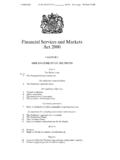Transcription of C. Jack Liebersohn - mit.edu
1 C. Jack LiebersohnContactInformationE62-680 Phone:(617) 583-0585 MIT Sloan, 100 Main MA ~liebersEducationMassachusetts Institute of Technology, Cambridge, MA, USA2012 - Candidate in Financial Economics. Anticipated graduation in College, Amherst, MA, USA2005 - , June, 2009 With Distinction. Double-major in Economics and study abroad at London School of Economics, Finance, Household Finance, Public PapersHow Does Competition Affect Bank Lending? Quasi-Experimental Evidence from Bank Mergers(Job Market Paper)This paper studies the effects of bank competition on commercial lending. I find that greater com-petition causes a change in the quantity and composition of businesses receiving loans, with moreloans going to larger and safer borrowers. To identify exogenous changes in bank competition, Iexploit discontinuities in the application of bank antitrust rules governing mergers.
2 In markets thatfall narrowly below regulatory cutoffs, competition declines due to bank mergers. In markets abovecutoffs, forced branch divestitures keep competition constant even though mergers occur. Using adifference-in-differences methodology comparing these types of markets, I estimate that antitrustrules cause the Herfindahl Index to fall in relative terms by 181 points and, consistent with greatercompetition, deposit rates to rise by percentage points. Using loan-level data from commercialmortgages, I show that this change in competition is associated with a 5 percent increase in thelikelihood that borrowers take a loan from a local bank and an increase in the average borrower size(collateral value) of 10 percent without a change in the average loan-to-value ratio.
3 For banks notdirectly involved in a merger, lending to large borrowers increases and the nonperforming loan ratiofalls by percentage points. Overall, my findings support a model in which competition improvesthe efficiency and quality of bank Demand, Regional House Prices and ConsumptionThis paper provides a new explanation for regional variation in the 2000-2012 housing and consump-tion boom and bust. Cities with a greater share of growing industries experienced larger housingdemand shocks, larger house price increases from 2000-2006 and greater price declines from 2007-2012. Consistent with theory, price effects were stronger in housing-supply inelastic cities. City-leveldifferences in housing demand are also correlated with supply elasticity. Controlling for industry,I estimate a durables consumption-house price elasticity of from 2000-2006, 40% smaller thanprevious estimates.
4 Post-2006, the estimated elasticity is and housing prices rather than localconditions explain consumption Geography Channel of House Price Appreciation: Did the Decline in Manufacturing Causethe Housing Boom?With Greg HowardChanging locational preferences contributed signicantly to the 2000-2006 housing boom in the UnitedStates. We estimate between 20 and 40 percent of the overall rise in real house prices can beattributed to an increase in the relative desirability of inelastic areas. The decline in manufacturingwas a major contributor to this shift. In the first part of this paper, we show that local housingdemand is signicantly driven by population changes and changing relative desirability. We documentpatterns in population movements consistent with this claim and create a new local rent index frommicrodata to show that rents responded in the same way as house prices.
5 We then develop a theoryfor why an increase in the relative desirability of inelastic areas would raise house prices , we quantify the total effect by creating a new measure of housing supply elasticity that coversthe entire United States. We then show that the decline in manufacturing and the fall in interestrates both played an important role in the house price increase through the geography inProgressSecuritization and the Retail Apocalypsewith Ricard Correa and Andrei ZlateWho Benefits From Positive Local Demand Shocks?with Alex Bartik and Jens KvaernerLabor Income and Investment Decisionswith Jens KvaernerHonors, Awardsand FellowshipsDissertation Fellow(Federal Reserve Board, Washington, DC)Summer 2016 Roswell Dwight Hitchcock Memorial Fellowship(Amherst College)2016-2017 Dissertation Support Fellowship(Macro Financial Modeling Group)2015 Finance Department PhD Student Service Award(Finance Group, MIT Sloan)2015 Bennett W.
6 Golub (1978) Graduate Fellowship(MIT Sloan)2015-2016 MIT Sloan Graduate Fellowship(MIT Sloan)2013 - 2014 John Woodruff Simpson Fellowship(Amherst College)2013 Graduate WorkTeaching (Department of Finance, Massachusetts Institute of Technology)Corporate Finance (PhD course), (Antoinette Schoar)Spring, 2016 & 2017 Advanced Corporate Finance (MBA), (Nathaniel Gregory)Fall, 2015 Advanced Corporate Finance (MBA), (Nittai Bergman)Fall, 2014 Retirement Finance (MBA) , (Robert Merton)Spring, 2015 & 2017 ServiceOrganized weekly faculty-student reading group on corporate , 2014 - Fall 2015 PreviousProfessionalExperienceResearch Assistant / Senior Research Assistant2010 - 2012 Federal Reserve Board of Governors. Washington, DCFinancial Markets Section in the Division of International FinanceField Research Assistant2009 - 2010 Innovations for Poverty Action.
7 Based in New Delhi, IndiaReferencesAntoinette SchoarMichael M. Koerner (1949) Professor of EntrepreneurshipE62-638, MIT Sloan School of Management100 Main St., Cambridge, MA 02142 Tel: (617) 253-3763E-mail: letters, please contact Idali Sanchez, ParkerRobert C. Merton (1970) Professor of FinanceE62-642, MIT Sloan School of Management100 Main St., Cambridge, MA 02142 Tel: (617) 253-7218E-mail: letters, please contact Jonathan Cowin, PoterbaMitsui Professor of EconomicsE52-444, MIT Department of Economics77 Massachusetts Avenue, Cambridge MA 02139 Tel: (617) 253-6673E-mail: letters, please contact Aaron Sullivan.
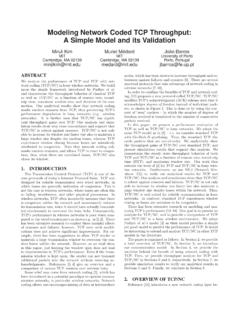
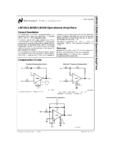
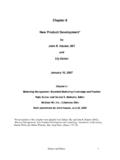
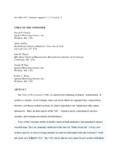
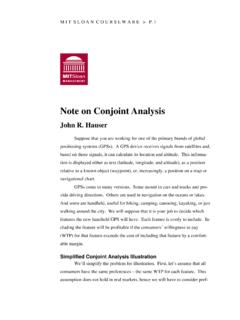


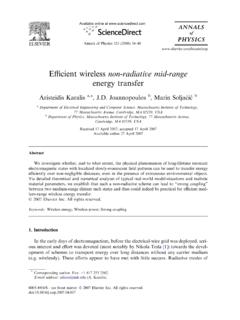
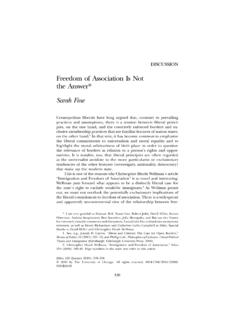

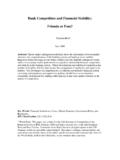

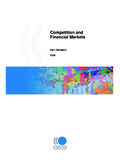
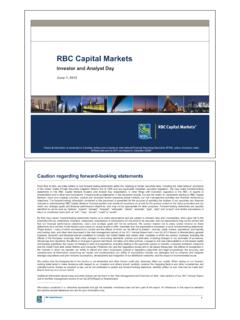
![g^ÔfYf[aYd afkljme]flkak egj][gehd]p& Lae]lgaehd]e]fl [`Yf ]&](/cache/preview/b/5/9/1/d/b/b/8/thumb-b591dbb864bb015fedab5e78503dfa32.jpg)
